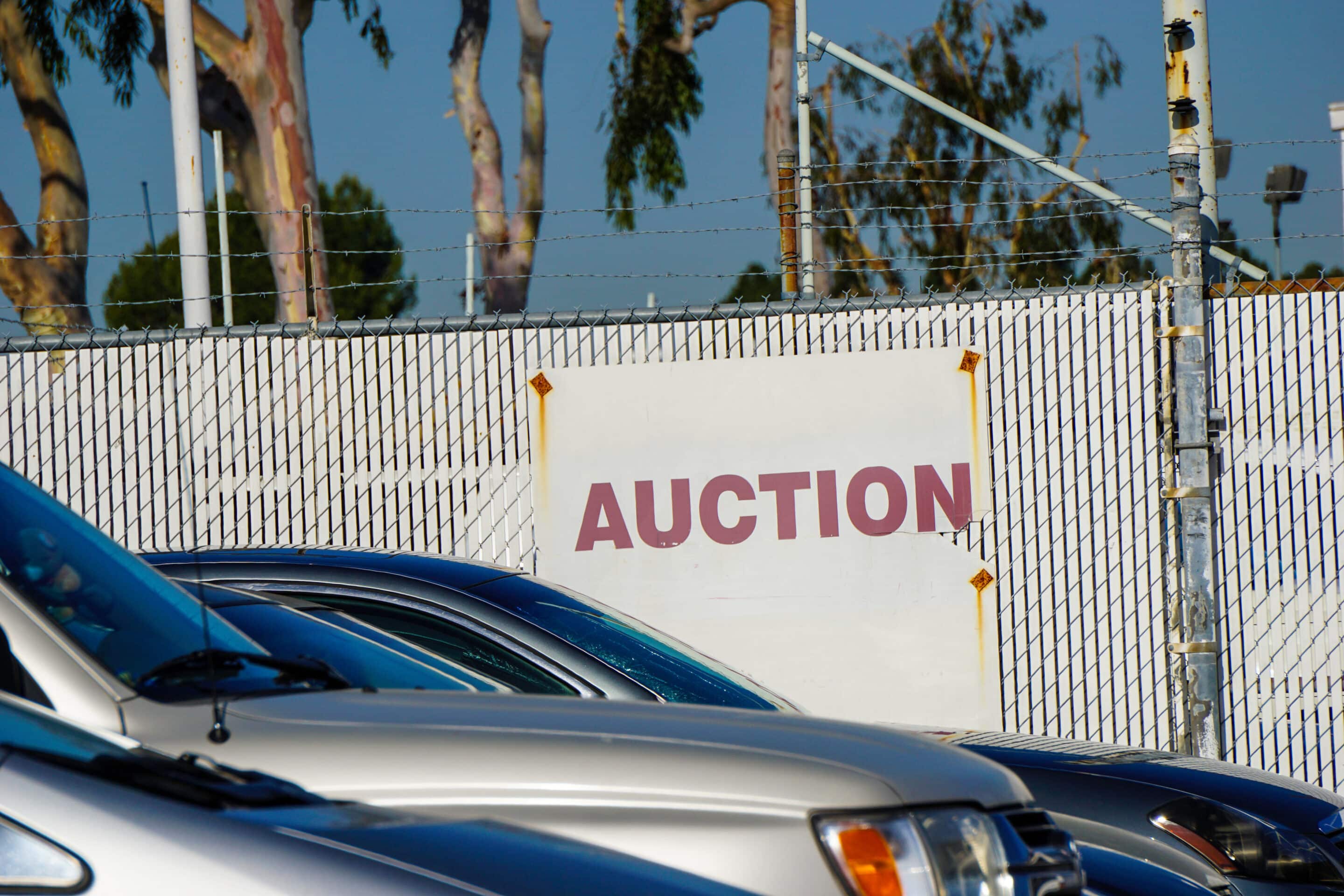Reducing costs and improving profitability seems to be a constant initiative in many organizations. Ask anyone in a dealership if there is a “cost reduction effort” underway and you will get a look like you just fell off a truck and are covered in mud… “of course, we are always focused on reducing our costs” is the typical refrain.
With sales flattening out in many areas of the country, many dealerships and dealer groups are considering the development of a new cost reduction strategy to shave costs and add to their profitability once again. As mentioned before, for many cost reduction is an on-going effort but this often-times is difficult to see or feel. For others…this may be a new initiative once again.
New Profits – Increased Revenue or Cost Reductions? Or Both?
A wise industry expert told me that in his many years of experience many dealers are “biased toward revenue to fix profitability issues.” Dealers tend to be sales-oriented not operations-oriented so the natural tendency is to drive new sales and “hope that expenses are being managed effectively on the other end.” While adding new sales is certainly a way to grow the business through additional top-line growth, ignoring opportunities to grow profits through improved management of expenses is a sure way to throw good dollars and new profits away.
A very wise dealership CFO shared his perspective with me that the “fastest way to increase bottom line profits is to reduce expenses…those newly saved expense dollars all fall directly to the bottom line as new profits.” Selling an additional vehicle only contributes a small percentage to the bottom line in terms of profitability…improved expense control will move the profitability needle quickly.
Lets’ assume that all dealerships do have a bias for revenue as a primary profit generator. Most businesses do. But can an organization do two things at one time? Can a dealership focus on new revenue and drive out costs simultaneously…thereby improving profitability from both ends? That answer is obvious as well, of course they can…and should.
Then the question becomes…what are the new profits where do the new profits go? How will I recognize the new profits and what do I do with the new profits generated from the business?
If your organization is serious about improving profitability from the expense side of the business, then the following questions should be addressed:
Five Key Expense Control Questions
- Is there a measurable cost reduction objective in place for the organization today? (Objective)
- What is the organization cost reduction objective? What is the metric that defines success? (Metric)
- How will you know when you have achieved that objective? (Auditing and Reporting)
- How will your organization achieve those cost reduction and profitability results? (Strategy – Plan)
- What will your organization do with the proceeds from the cost savings? (Investment Strategy)
Building a War Chest
If your organization could throw off another $100K, $250K or even $1.0MM in new profits annually, what would you do with that money? Would you let the new profits flow back into the business? Or would you take those proceeds, separate the new profits and build a war chest for future opportunities?
I know of organizations that are using this approach today. Some seek to generate new profits to help them:
- Acquire new stores
- Assist in dealership facility upgrades
- Improve the financials and their multiples for sales purposes
- Acquisition of new equipment
- Create a “rainy day” fund for unplanned events
New Profitability Strategy – R. I. G. – Reduce, Invest, Grow
If the military taught me anything, it taught me how to use acronyms to communicate a message. Since old habits die hard, let me introduce you to R.I.G. as a strategy to build that war chest.
- R – Reduce your expenses
- I – Invest the proceeds from those efforts
- G – Grow your profits
Steps to Build Your War Chest through Improved Expense Control
An organized effort to generate new profits in order to build your war chest should include the following steps:
- Establish an Objective – Remember from previous articles that between 5% and 9% of dealership revenues will be spent on supplies and services in upwards of 130 different expense categories. Of that amount…up to 25% of those dollars can be extracted from the business in new profitability, a considerable sum for most organizations. Use this data to help you set your objective.
- Develop a plan – You will need a methodical plan to attack the largest expense categories first, working down the list to the smallest. A spend map in descending order of category spend will help you create a very effective cost reduction plan.
- Build Your Team – Build your team internally and externally and task them with attacking each expense category with definite due dates and targeted results. This process needs to be managed to ensure that everyone stays focused and on track.
- Execute Solution and Audit Results – Expense management is one of the few functions across an organization where you can effectively measure results and your ROI. Using the last price paid for an item or service compared to the new price will determine savings. Then that savings multiplied by forecasted or actual consumption will identify cost savings. Auditing supplier price to ensure that what you committed to is actually invoiced is key. Auditing internal compliance to ensure that employees are using the solution is also important.
- Move the Savings Amount to Your Investment Account – Once the savings have been audited and proven, the cost savings amount can be moved into an investment account that earns interest and grows. I would recommend a quarterly move of the savings amount. Long-term pricing with your suppliers will ensure that the savings generated occur over a protracted period of time. The cost savings from multiple category implementations will add up to some interesting totals and can be viewed in your account or even on an app provided by your wealth advisor. Watching this new source of profits grow into a larger sum will quickly provide you with a “war chest” that will provide you with the flexibility to explore new options.
Improved profitability requires a two-phased approach that includes new revenue and new cost savings. Unless you have dedicated staff benchmarking, sourcing, quoting and negotiating pricing…you can assume you are wasting up to 25% of your annual expenditures on supplies and services.
Once you have decided to attack your expenses, the results will be visible through the sourcing, quoting and audit phases of your plan execution. When those dollars are identified…you can deploy those new profits back into the operation or…stepping outside of the box, move those savings to a separate investment account that will grow your wealth…giving you more flexibility into the future.
The new profitability opportunities are there for you to recognize and recoup. Based on our data, they have been there for years and will continue to be there as long as you ignore the optimization of your organization spend. Think what an investment account might look like today if you started this initiative five, ten or twenty years ago. You need to start somewhere…why not now? Your 2018 profitability might look a lot different than 2017 if you choose to make this move.
If you are interested in a spend map template to help you in your planning, send me a request by email at: [email protected]. I will be happy to provide one of our tools via email.








